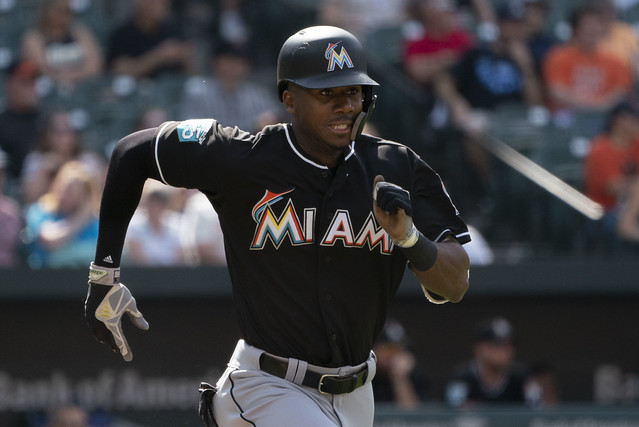Sunday Notes: The White Sox Wanted Rafael Devers (and the Elbow Gods Got Their Revenge)
When the White Sox traded Chris Sale to Boston, they received a pair of top-shelf prospects in return. Yoan Moncada was seen as possessing superstar potential, while Michael Kopech was a first-round pick who pumped 100-mph gas. Also coming to Chicago in the deal were a pair of midrange prospects, Luis Alexander Basabe and Victor Diaz.
Which team got the better of the December 2016 blockbuster? It’s too early to say, but one thing is certain: The Red Sox dodged a bullet. Basabe and Diaz became part of the package only after then GM Dave Dombrowski balked on including a 20-year-old corner infielder who’d yet to advance beyond A=ball.
“At one point, I asked for Rafael Devers,” acknowledged White Sox GM Rick Hahn, when asked about the trade. “Marco Paddy, who runs our international operation, had mentioned him back when he originally signed with Boston [in 2013], and our pro scouts had obviously seen him in Greenville and Salem. Joe Butler, Joe Siers, and John Tumminia — John has since retired — were all high on him, and made sure he was in the mix. The reason we liked Devers so much was because of those guys.”
As for Kopech, the 23-year-old right-hander is currently recovering from Tommy John surgery. A pair of other notable White Sox pitching prospects are, as well. I asked for an update on all three. Read the rest of this entry »

